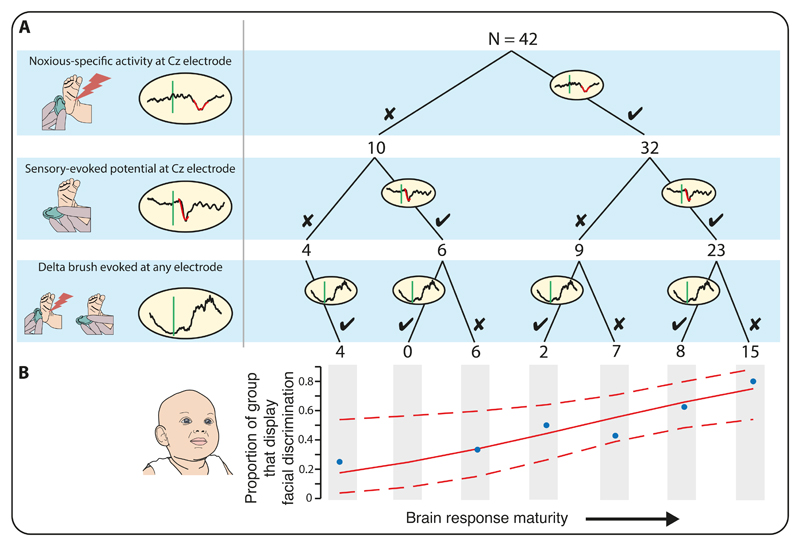Figure 2. Facial expression discrimination depends on brain response maturity.
(A) A decision tree was used to classify infants according to brain response maturity based on their responses to both noxious and innocuous stimuli. Noxious-specific brain activity and sensory-evoked potentials are seen in more mature, older infants. In contrast, delta brush responses are more immature. Therefore, infants classified on the right of the tree have more mature responses compared with infants on the left. The first split of the tree classifies infants dependent on the presence of noxious-specific brain activity; the second split classifies infants dependent on the presence of a sensory-evoked potential; and the final split considers whether delta brush activity was recorded at any electrode. Crosses indicate that a particular type of brain activity was not present, whereas ticks indicate that this type of brain activity was present. The number of infants classified at each split is indicated at the bottom of the branches. (B) Brain response maturity classification determined from the decision tree is plotted against the proportion of infants in each group that display facial expression discrimination (a response to the noxious stimulus but not the innocuous stimulus). The fit from a generalised linear model (solid lines) and 90% confidence intervals (dashed lines) are overlaid.

